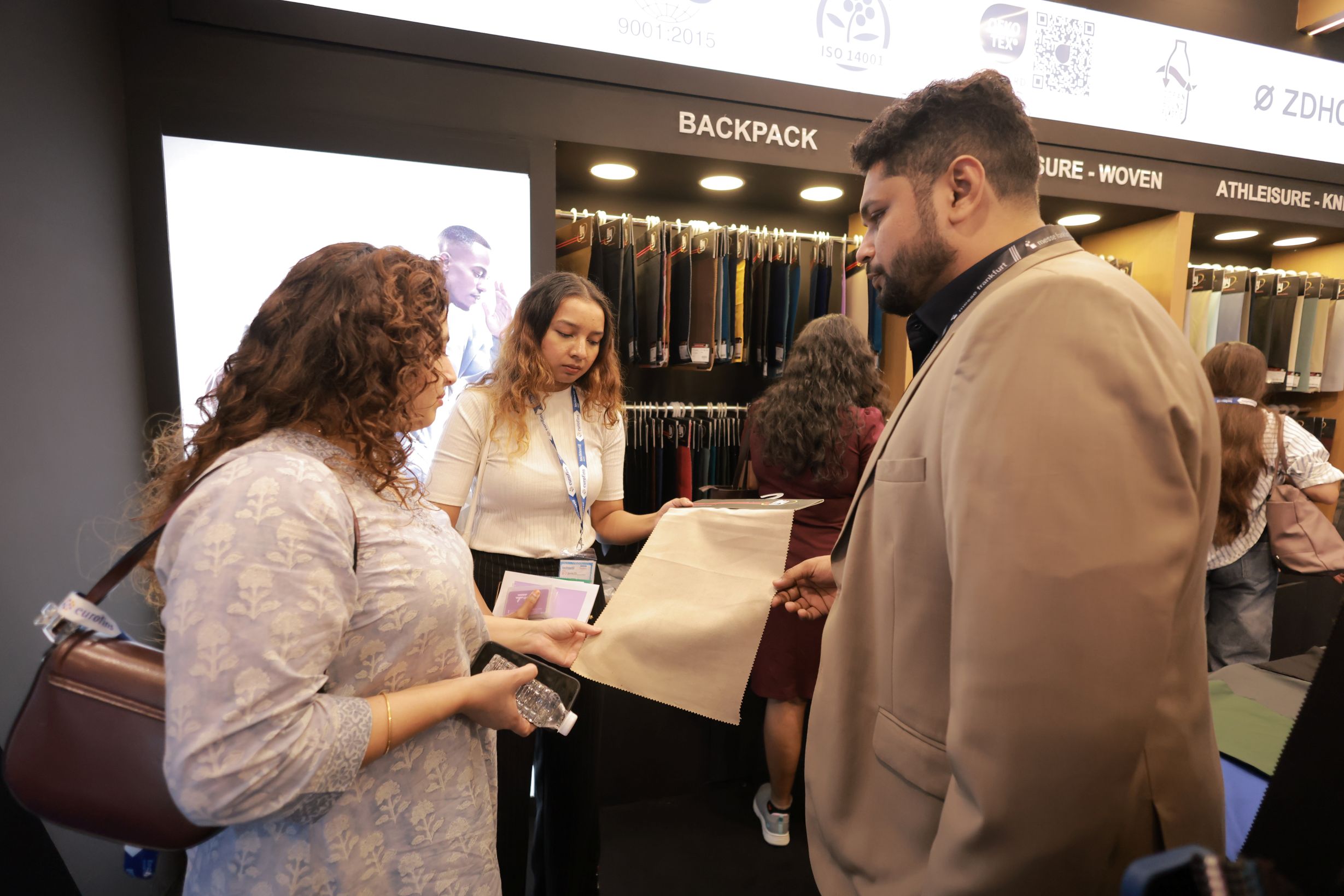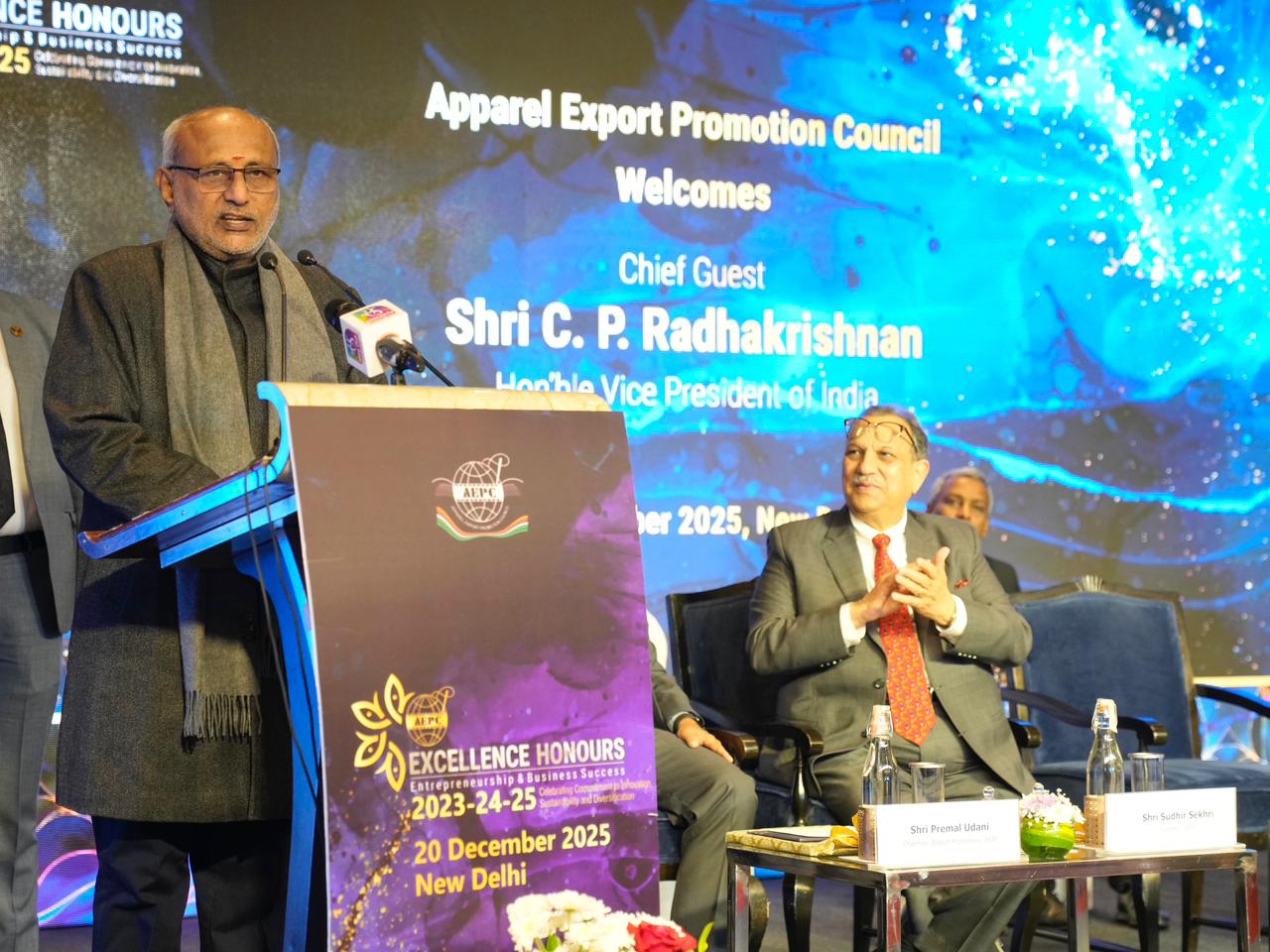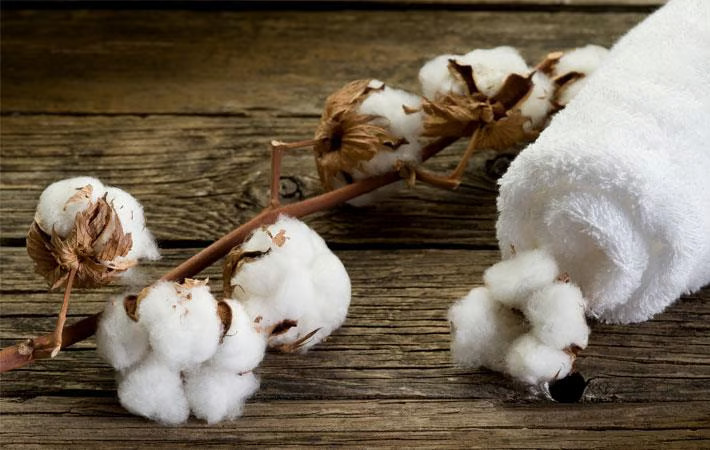FW
The US has announced new rules for apparel imports from Sub-Saharan countries. The rules are a new 12-month cap on duty- and quota-free imports. They would be applicable for 12-month beginning October 1, 2015. The quantitative limitation for the 12-month period, will be an amount not exceeding seven per cent of the aggregate sq. mt. equivalents (SMEs) of all apparel articles imported into the US in the preceding 12-month period for which data are available.
Of this overall amount, apparel imported under the special rule for lesser-developed countries is limited to an amount not to exceed 3.5 per cent of all apparel articles imported into the US in the preceding 12-month period. These quantities were calculated using the aggregate SMEs of all apparel articles imported into the US. Apparel articles entered in excess of these quantities will be subject to otherwise applicable tariffs.
The African Growth and Opportunity Act (AGOA) is a nonreciprocal trade preference program that provides duty-free treatment to imports into the United States of certain products from eligible sub-Saharan African countries. AGOA came into force in 2000. It offers incentives to African countries to open their economies and build free markets.
trade.gov/agoa/
September 2015 US cotton crop is forecast at 13.4 million bales. September’s projection is a 2.6 per cent increase from August. Total US cotton planted area in September 2015 was reduced nearly four per cent. US upland production is approximately 17.5 per cent below the 2014 crop. In the previous 20 years, September upland cotton forecast was below the final estimate 11 times and above it nine times.
US cotton crop development continued to lag last season. As of September 13, 46 per cent of the area had bolls opening, compared with 49 per cent a year ago and the 2010-14 average of 51 per cent. In contrast, US cotton crop conditions remain above the last several seasons.
As of September 13, 52 per cent of the 2015 crop area was rated good or excellent, compared with 49 per cent last year, while 13 per cent was rated poor or very poor compared with 18 per cent a year ago. The 2015-16 US cotton export forecast was raised slightly this month as a result of the larger US crop and the expected competitiveness of US cotton this season. As a share of world trade, US cotton exports are projected to account for about 30 per cent of global shipments in 2015-16.
The initiative 'Cotton for Life' is being promoted by ALEXBANK in partnership with Intesa Sanpaolo, the official global partner of Expo Milano 2015. The initiative promotes Egyptian cotton and enhances competitiveness of Egyptian cotton textiles globally, coinciding with Milan Fashion Week. The objectives were presented at the Intesa Sanpaolo's Pavilion ‘Waterstone’.
The aim of ‘Cotton for Life' is to develop and apply environmental protocols to sustain the Egyptian cotton industry, from cultivation stage to end product. Delivery of high-quality exportable products that can compete in global markets is the ultimate goal. The importance of the Corporate Social Responsibility principles and their role in both social and sustainable development was the highlight of the presentation.
The significance of technical education and training and their crucial contribution to cultivation of long-staple Egyptian cotton to serve the development of textile sector are explained. Students in agricultural and technical schools are trained on using advanced technological methods and modern textile machinery to attain high quality crops that qualify for global market competition.This is done in conformation to international standards. Youth employment is enhanced by the practical training and internships at the Filmar Nile Textile's industrial premises. Egyptian cotton is being promoted across the world by the initiative, complying with international standards to qualify for global competition.
Marcello Sala, Executive Vice Chairman of Intesa Sanpaolo adds to improve the understanding on Egyptian cotton's quality and ability to compete in global markets, in a framework of sustainable growth and balanced social development, a group of fashion experts were invited to the initiative.
Gap plans to train almost one million women garment factory workers at its vendors’ factories by 2020. While globally 80 per cent of garment factory workers are women, there is a lack of training to take them to the next level in their employment. Gap now aims to extend its Personal Advancement & Career Enhancement (P.A.C.E.) program launched in 2007, to these women. The program was created with partners like CARE and the International Centre for Research on Women.
“From Phnom Penh to Pittsburgh, women share in common an ambition to advance. What some lack are opportunities, particularly access to education,” Art Peck, Gap CEO, announced during the Clinton Global Initiative, adding, “We are committed to advancing the lives of one million women by expanding our P.A.C.E. program, and we hope others will join us.”
P.A.C.E. provides life-skills classes to female garment workers through a curriculum that includes up to 80 hours of classes in nine subject areas like communication skills, financial literacy, time and stress management, problem-solving and decision-making.
The Clinton Global Initiative, established in 2005 by ex-US President Bill Clinton, convenes global leaders to create and activate solutions to the world’s most pressing problems. Educating women workers worldwide is high on the list and since 2012, he has been supporting the P.A.C.E. program encouraging the brand to reach out to more women worldwide.
www.gap.com
Now, members of the Better Cotton Initiative (BCI) can demonstrate their commitment to responsibly sourced Better Cotton directly on the products they sell. This is because of Better Cotton Initiative’s recent announcement of a new on product mark
Paola Geremicca, Director of Fundraising and Communications is thrilled about the launch first on product mark and expects demand for sustainable cotton to increase as consumers learn more about BCI, taking them closer to their 2020 target of 30 per cent of global cotton production added Geremicca.
The BCI on product mark showcases members’ commitment to responsibly grown cotton apart from off product messaging. The on product mark will be the BCI logo accompanied by a text claim, such as: ‘We partner with the Better Cotton Initiative to improve cotton farming globally’. Along with the logo, the commitment claim will be used to explain and substantiate the mark for the consumer.
The BCI logo and claim will represent Mass-Balance Chain of Custody or traceability requirements and will not imply Better Cotton content at this stage. By developing Better Cotton as a mainstream commodity, BCI aims to transform cotton production across the globe. Thus, the BCI on product mark contributes to the goal, helping to influence the choices people make when buying cotton products.
The textile industry has given a thumbs up to the Reserve Bank of India’s (RBI) move to reduce the repo rate, the rate at which the central bank of a country lends money to commercial banks during shortage of funds. The step is being seen as a positive development at the current juncture since it is expected to push up investments in textile industry.
The RBI governor Raghuram Rajan announced a repo rate cut of 50 basis points, to 6.75 per cent from 7.25 per cent, with immediate effect while releasing the monetary policy on September 29, 2015. This is RBI's fourth repo rate cut in the year 2015.
Looking at it as a growth trigger for the economy, Texprocil Executive Director, Siddhartha Rajagopal said that rate cut also means RBI doesn’t anticipate inflation as a key risk to Indian economy. A Sakthivel, President of Tirupur Exporters' Association (TEA) also welcomed the RBI decision. TEA in its statement said banks should pass on this benefit to their customers. This will trigger more investments and export.
www.tea-india.org
Seven textile parks will come up in Rajasthan under SITP (Scheme for Integrated Textile Parks). For each SITP, the Center will provide an assistance of Rs 40 crores. After Gujarat and Maharashtra, Rajasthan will emerge as a textile hub in the future.
Over the last few decades, Rajasthan has emerged as a promising textile center. An abundance of raw material and trained labor has promoted the growth of the textile industry in the state. Rajasthan is a leading producer of polyester viscose yarn and synthetic suiting material as well low-cost, low-weight fabric. The state is the largest producer of PV suitings in the country. Bhilwara is India's largest manufacturer of suiting fabrics and yarn.
Out of 862 spinning mills spread across India, 69 are in Rajasthan. The state has been associated with the production of color fabrics in the Maru-Gurjar tradition since ancient times. The sense of color aesthetics has led to the use of colors and motifs intended for different occasions. Rajasthan has a wide variety of textile traditions, the most famous being the tie and dye or bandhani and block printing methods. Rajasthan contributes over 7.5 per cent of India’s production of cotton and blended yarn.
Azerbaijan, in the Caucasian region of Central Asia was a strong cotton producing country but over the past 18 years, production decreased by over six times. The land volume used for cotton fell by nine times. There was a time when Azerbaijan produced nearly a million tons of cotton.
The decrease in cotton production was a result of falling cotton prices in global markets and low profit margins. Moreover, increasing use of artificial materials worldwide has negatively affected cotton-growing sector. The practice of sharing crops replaced cotton with wheat.
Last year, the country produced 41,000 tons of cotton while 15 years ago production was almost 91,500 tons rising to 5,42,900 tons yielded in 1990. Peak cotton production was in 1981 with 8,31,200 tons. However, yields have increased with the use of more productive technologies and varieties. To reduce the cost of production, companies engaged in cotton production in the country have begun to use new harvesting technologies.
With the introduction of productive varieties, the decline in production has been lower than reduction in acreage. New technologies, minerals, and varieties can lower the cost of cotton production. That is when Azerbaijani cotton can be competitive globally.
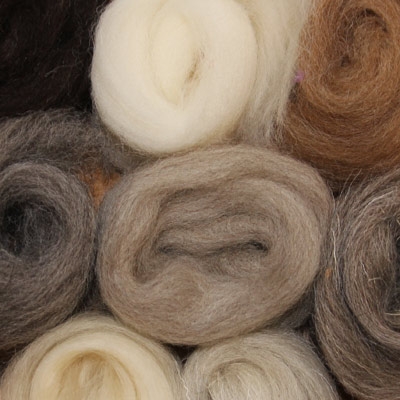
Advancements in fleece
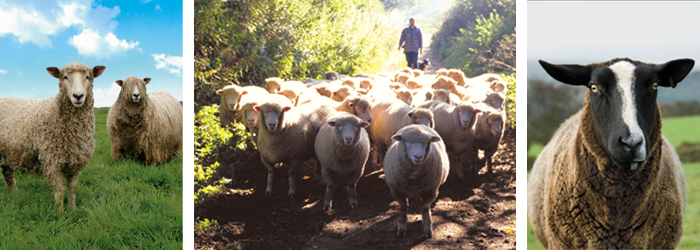
In the 13th century, the industry peaked and raw wool became a prime export being shipped all over the world. The material powered a domestic industrial age of textile making and carpet production. Technological advances in clothes manufacturing, rise of synthetic materials, globalisation, a surge of imports from China and Australia, as well as a decline of manufacturing eroded British wool trade.
Wool started to be looked at as a by-product about 10 years ago and because it was no longer economically effective to lug them to the market, farmers began burning fleeces. This was the time when husband-and-wife designer duo, Hannah and Justin Floyd decided to try to come up with a new product. Floyd, a product designer, mixed wool with bio-resin to create a hardy and attractive material, which resulted in a sustainable alternative to fibreglass, Solidwool, which is being used in products from glass frames to chairs. The pair approached the British Wool Marketing Board (BWMB) to secure the raw materials to make the composite. BWMB recommended they use Herdwick wool. The grey, blue Herdwick wool with its white guard hairs made the perfect raw material.
Plymouth University tested the material and found it to be stronger than all other natural composites, including hemp. In February, it was made commercially available and now there are many partnerships in the works, from Derbyshire-based Blok Knives, to the cold water surf brand Finisterre, which uses it for a comb to wax surfboards.
Innovations galore
Tim Simmons another innovator stumbled into the wool business. His sister-in-law bought part of a wool felting business four years ago when a friend was unwell. The felts were used for insulation, however, Simmons and his wife Marty were keen to find more valuable applications for the material to differentiate their business from companies such as Therma Fleece in Cumbria. These companies do a great business with wool insulation products, which is a natural alternative to synthetic rockwool or stonewool.
Simmons’ company, Woolly Shepherd, makes woollen sound absorbers. The absorbers such as such as the cloud-shaped ‘acoustic cloud’, hang from the ceiling and absorb the sound of neighbours’ walking on hard-wood floors. Simmons says they use only British wool because farmers get a raw deal. They could buy wool at cheaper prices from China but the coarse wool is helpful their products and revenues have doubled year-on-year since 2013.
These and other such inventions are helping the British wool industry stay afloat and production is around 30 million kilos a year. Exports have gone up and as per BWMB says after the decade old slump, they are finally witnessing a turnaround.
The upcoming Trans-Pacific Partnership is set to bring huge changes in Vietnam’s bustling garment industry and businesses and investors are preparing for this. A great deal of foreign textile and garment manufacturers are keen to cash in on the tax benefits of the upcoming Trans-Pacific Partnership (TPP) with Vietnam. The agreement promises radical tax cuts for Vietnam’s garment exports. This can be achieved only if they use fabric made locally or in other TPP countries, which excludes China. The agreement is being negotiated by 12 countries, including the US. However, for the emerging country’s thousands of small and medium-sized garment makers, the benefits are less certain.
The Ho Guom Garment factory in northern Vietnam produces 25 million garments every year, which bear the label ‘Made in Vietnam’. However, more than half the material used to make them comes from China. Sourcing locally is tough and expensive. At times it is extremely difficult to find zippers, or some special raw materials. Therefore, they have to contact Ho Chi Minh City, Danang, even China or Taiwan to get samples, so it takes a very long time.
Vietnam’s own textile mills today produce only a fifth of the country’s needs. Thus, there’s completion within the country’s clothing makers to find the right suppliers.





